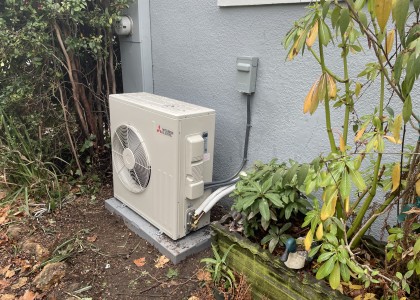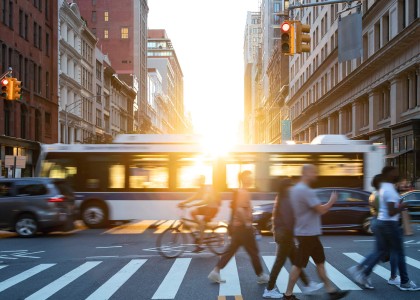As we head into the final stretch of 2019, clear leaders have emerged in this year’s race to slash energy waste in pursuit of a clean energy future. From coast to coast, US states have been setting the pace on everything from appliance standards to reducing vehicle emissions to saving energy in the buildings sector.
Next Tuesday, ACEEE will release the 13th edition of the State Energy Efficiency Scorecard, an annual ranking of all 50 US states and the District of Columbia on their policies and progress. The report highlights best practices of leading states and captures the latest updates in a year that has seen a particularly strong surge in state-level activity.
At a webinar on Tuesday, October 1st at 11 am ET, we will highlight results, along with comments from Commissioner Judith Judson, Massachusetts Department of Energy Resources, and Chris Rice, Maryland Energy Administration.
Many state lawmakers have doubled down on their commitment to chart a course to a zero-carbon economy, and are using energy efficiency as a core strategy to reduce greenhouse gas emissions across multiple sectors, including utilities, buildings, transportation, and industry. Saving energy not only reduces heat-trapping emissions but also creates more jobs, lowers utility bills, and cleans the air we breathe.
One exciting story this year is the remarkable number of states raising the bar on their clean energy goals. Five states — Nevada, New Mexico, Washington, New York, and Maine — joined California and Hawaii in passing bills this year that set 100% clean energy targets. In most cases, these states are planning to use energy efficiency more to reach their goals, setting stronger targets for utility-sector energy savings and focusing on innovative policies such as energy standards for existing buildings.
This was also a landmark year for the adoption of state-level appliance standards. Four states adopted new standards that set minimum energy efficiency requirements for appliances and equipment. Many states also worked to codify existing federal lighting standards, ensuring that consumers will continue to see savings from more efficient light bulbs even as federal standards are rolled back.
Similarly, states have focused their ambitions on more efficient vehicles and transit systems. Thirteen states and the District of Columbia have joined California in adopting clean car rules.
These are just a few of the important updates and highlights from what’s been one of the most spirited years for state-level efforts to cut energy waste in recent history. To learn more about how your state performed in the 2019 State Energy Efficiency Scorecard, tune in for ACEEE’s webinar on Tuesday, October 1st at 11 am ET, when we’ll present and discuss the findings. Follow our Twitter account, @ACEEEdc, for breaking Scorecard news and check our State Scorecard landing page for the full report, and score sheets for each state.




